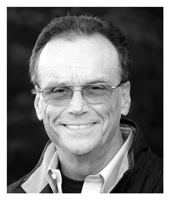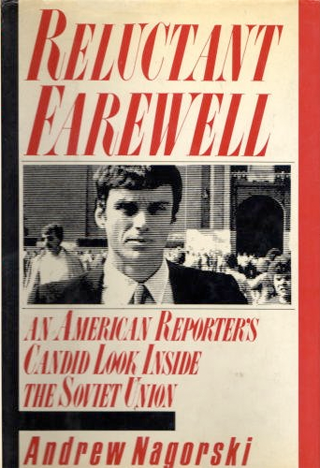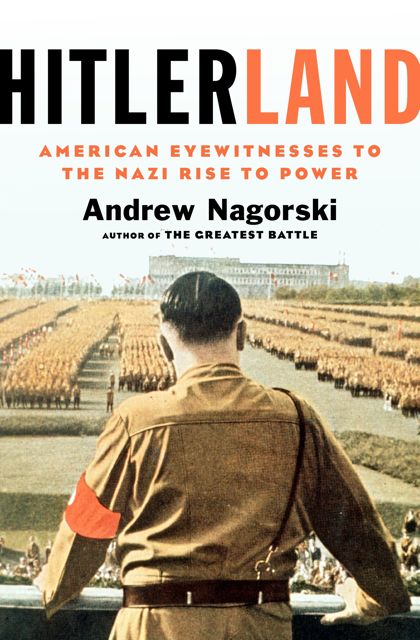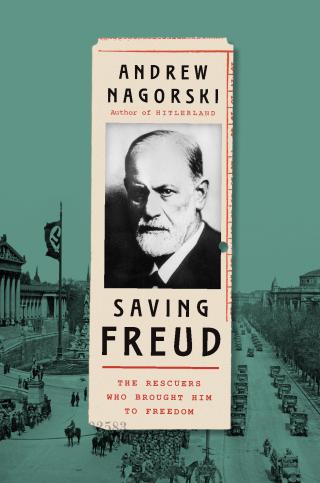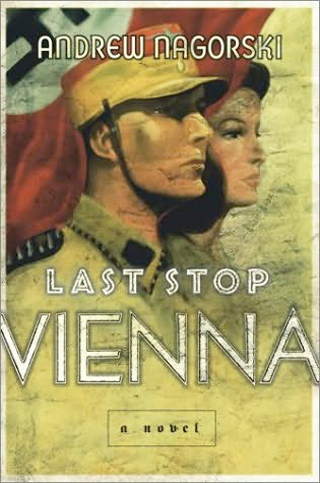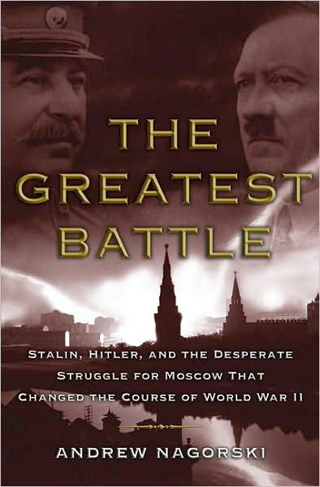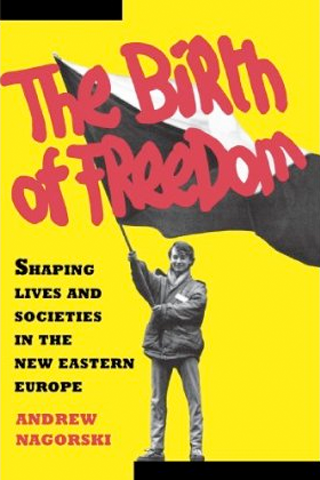Sigmund Freud, like most refugees, might not have expected to end his life in exile. Even so, England had long held a special place in his imagination. Writing to H.G. Wells on July 13, 1938, he confessed, “Indeed, you cannot have known that since I first came over to England as a boy of eighteen years, it became an intense wish phantasy of mine to settle in this country and become an Englishman.” And yet it was only after the Anschluss, Hitler’s annexation of Austria, that he finally bowed to the entreaties of family and friends to leave Vienna, where he had lived for nearly eight decades — “to die in freedom,” as he famously put it. And so, on June 4, 1938, Freud noted in his diary, “Leaving today.” This laconic entry glossed over the grave challenges facing Jews, who were increasingly desperate to escape the Third Reich and find sanctuary elsewhere.
In Saving Freud: The Rescuers Wo Brought Him to Freedom, journalist Andrew Nagorski focuses on five individuals who, in different ways, made it possible for Freud and his family to escape Nazi tyranny: Ernest Jones, the Welsh-born physician who spearheaded the development of psychoanalysis in Britain; Marie Bonaparte, twice a princess, and as richly endowed in intellect as in lineage; William Bullitt, the American diplomat, who was US Ambassador to the Soviet Union and then to France; Anna Freud, the only one of her siblings to follow in her father’s footsteps; Max Schur, the Viennese Jewish physician who took charge of Freud’s care as he struggled with oral cancer; and, joltingly, Anton Sauerwald, a surprisingly sympathetic Nazi official. Rather than focusing solely on the Freud’s actual escape from Nazi barbarism, Nagorski examines Freud’s relationship with the individual members of the “rescue squad” — a phrase that is catchy but imprecise — and their respective roles in facilitating his flight to freedom. Nagorski delivers a consistently interesting, readable, and well-informed narrative. Its strength lies in its sympathetic, skillful portraits of Freud’s “rescuers.” Less robust is its understanding of the history of Jews in Vienna and of Viennese modernist culture, which remains somewhat superficial.
I came away from my reading with a question: Namely, other than respect for his virtues and accomplishments, what inspired such intense loyalty and devotion from the likes of Marie Bonaparte, Ernest Jones, and William Bullit? The answer may well have a lot to do, appropriately, with transference: seen from this perspective, psychoanalysis, the allegedly “Jewish science” excoriated by the Nazis, was its founder’s saving grace.
